


Cover Cropping for Wildlife
| November 2, 2020 | Research
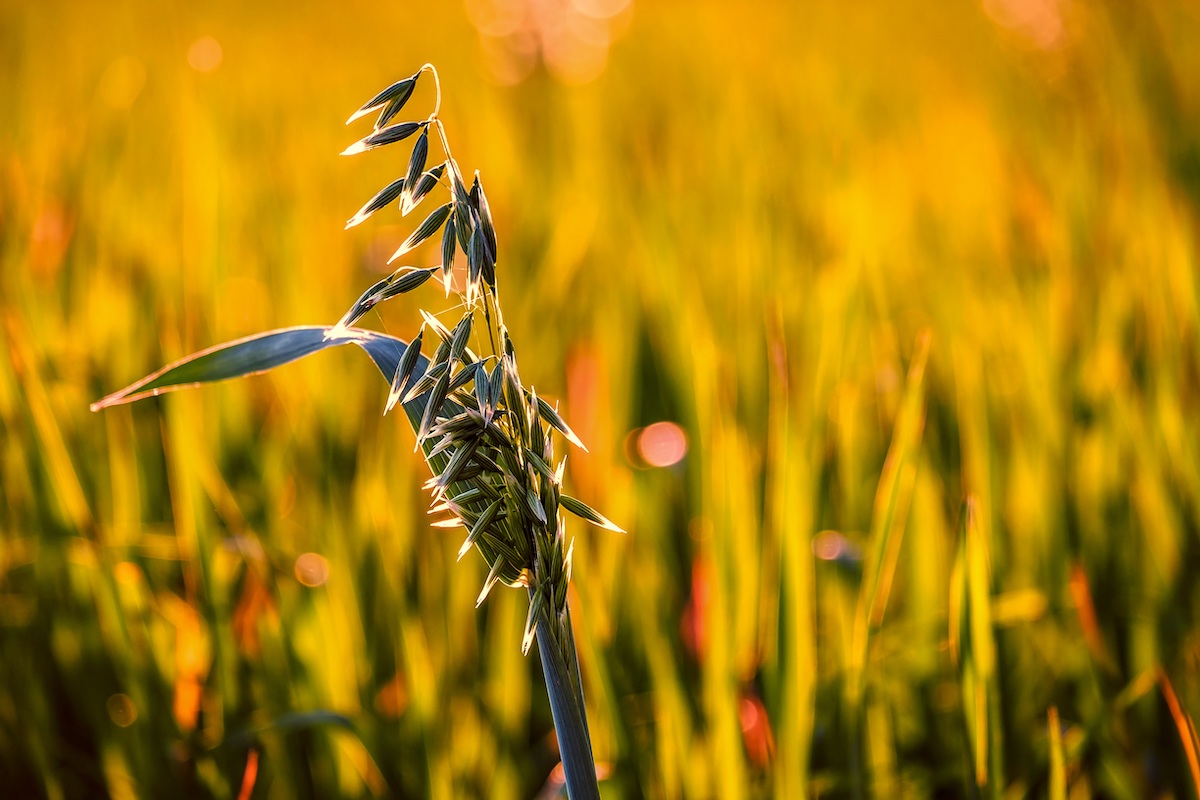

With all the corn and soybeans we see around Illinois, it is also pretty common to see barren ground in the late fall all the way into the middle of spring; this is something Mother Nature did not intend to happen. While agriculture has a large importance in this area, we still have almost half a year that these fields sit unused and barren (even with the harnessing of a no-till Best Management Practice). This is where cover crops can come in. Although it is not a novel idea (with farmers beginning to dabble with them in the early 1990s), their use and importance in wildlife management is a benefit that was not realized until fairly recently.
The main goal agronomists hope to achieve with cover cropping is a reduction in erosion and nutrient loss, but with careful selection of the cover crop species, forage and cover for wildlife can be added during this cessation in agricultural activities. Furthermore, these plants allow for weed suppression and increased organic matter in the topsoil for not only increased nutrient loads, but higher water absorption and retention.

Cereal grains (oats, wheat, barley, rye, millet), legumes (alfalfa, clovers), and grasses are the types of crops you would expect to find a farmer to be sowing in the late fall after harvest, and each carries a different purpose. Cereal grains and grasses are cheaper, faster growing, and can provide a food source if planted early enough; legumes grow slowly, yet convert nitrogen in the soil to usable nitrates and ammonium nitrogen that can help advance growth and development of the future plants.
So where does this all fit in with wildlife habitat and conservation? To answer it simply, cover crops offers refuge where it previously did not exist, and during spring migrations, cover crops can offer migratory (and resident) birds a place to safely rest and refuel. Species of high conservation concern, such as the eastern meadowlark and field sparrow, have been studied using these cover crop fields in the early spring before planting in much greater abundances than non-managed fields (Wilcoxen et. al., 2018). In Illinois, a state with more than 90 percent of the native grasslands converted into agriculture or urbanized, it is essential to bolster the habitats (albeit sometimes temporary) for these species of greatest concern. Following the objectives of the Farmland and Prairie Campaign from the Illinois Wildlife Action Plan, cover crops may be able to assist in habitat and sustain these species, especially in combination with no-till or late till practices in the spring before planting. Correspondingly, with habitat fragmentation being a prevalent issue, these temporary habitat and food sources may act as vectors of travel between two previously fragmented population sources (think pheasants and quail).

There are a lot of potential benefits that can be seen from the implementation of cover cropping, especially in areas of high anthropogenic modification to the natural landscapes and habitats. While research has been limited, the results shown have been indicative of results that can be a boon to multiple trophic levels in an environment, and may be worth looking into for future management strategies.
If you have any questions on how to get started on the process, or in general, there are great resources contact, such as:
- Your area National Wild Turkey Federation Chapter
- Your area Farm Bureau Chapter
- Natural Resources Conservation Service
References
Cassandra A. Wilcoxon, Jeffery W. Walk and Michael P. Ward, 2018. Use of cover crop fields by migratory and resident birds. Agriculture, Ecosystems and Environment. 252 (42-50).
Kaleb Wood earned a bachelor’s degree in Environmental Biology from Eastern Illinois University, and he is completing his master’s degree from the University. As an IDNR District Wildlife Biologist, Wood covers Champaign and Vermilion counties. Another component of Wood’s job is as a Hunter Heritage Biologist where he works as a hunter access specialist.

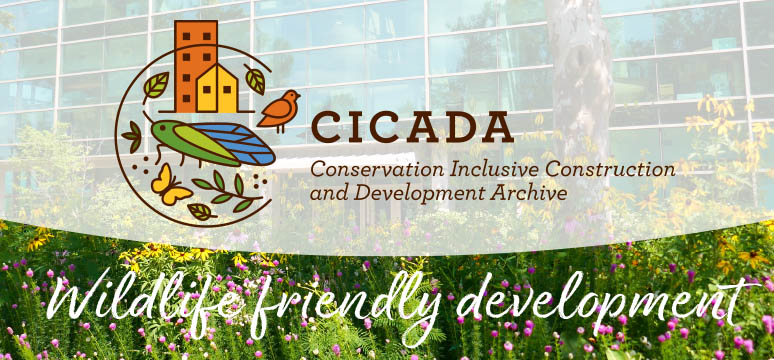
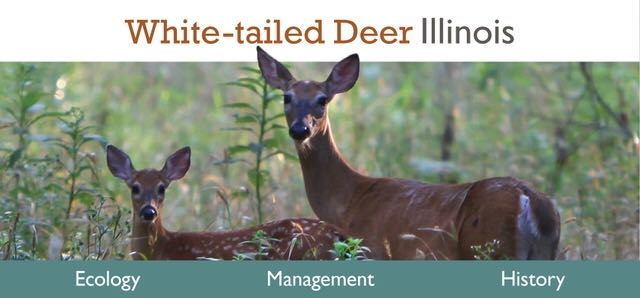
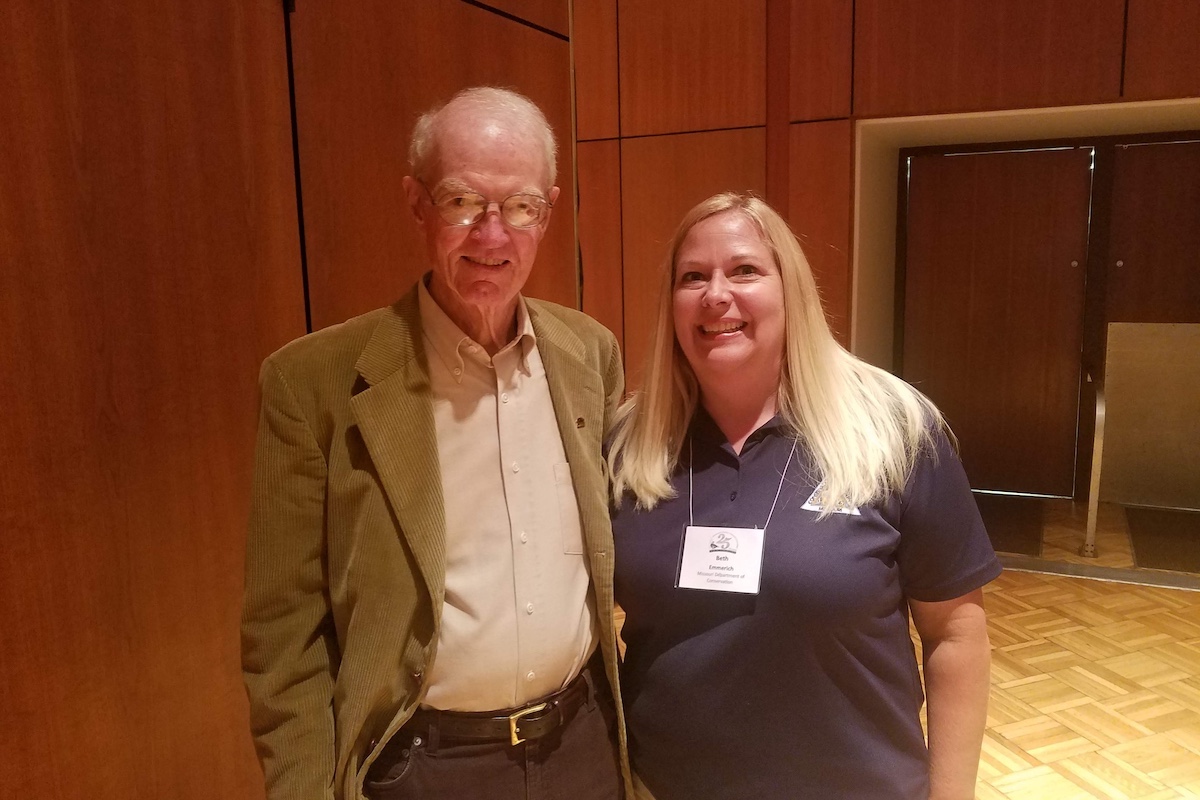

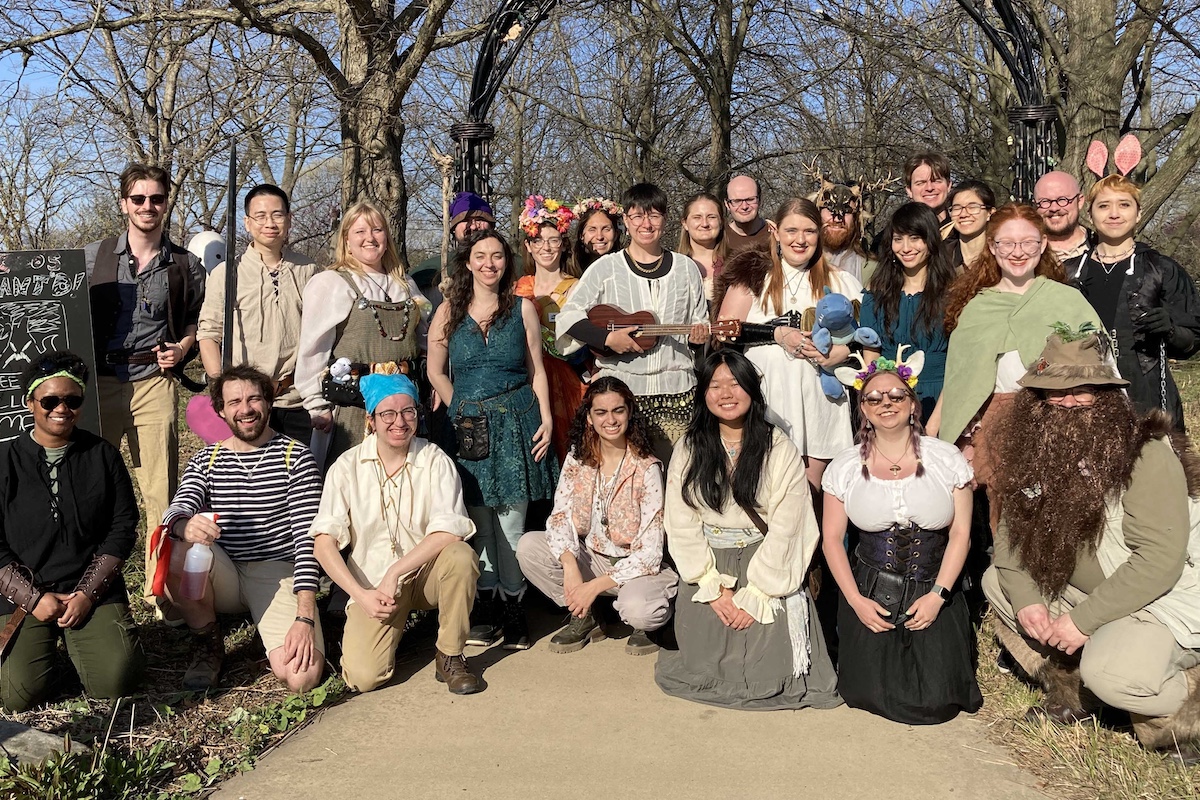


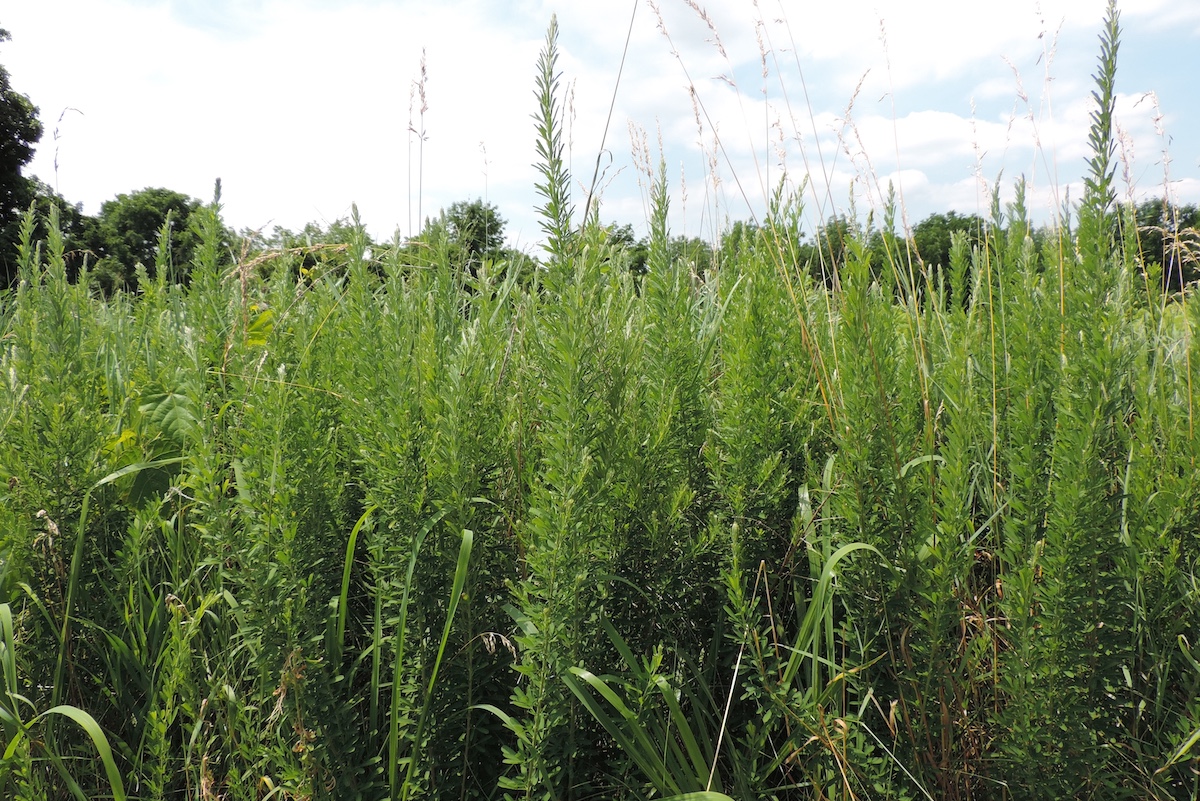

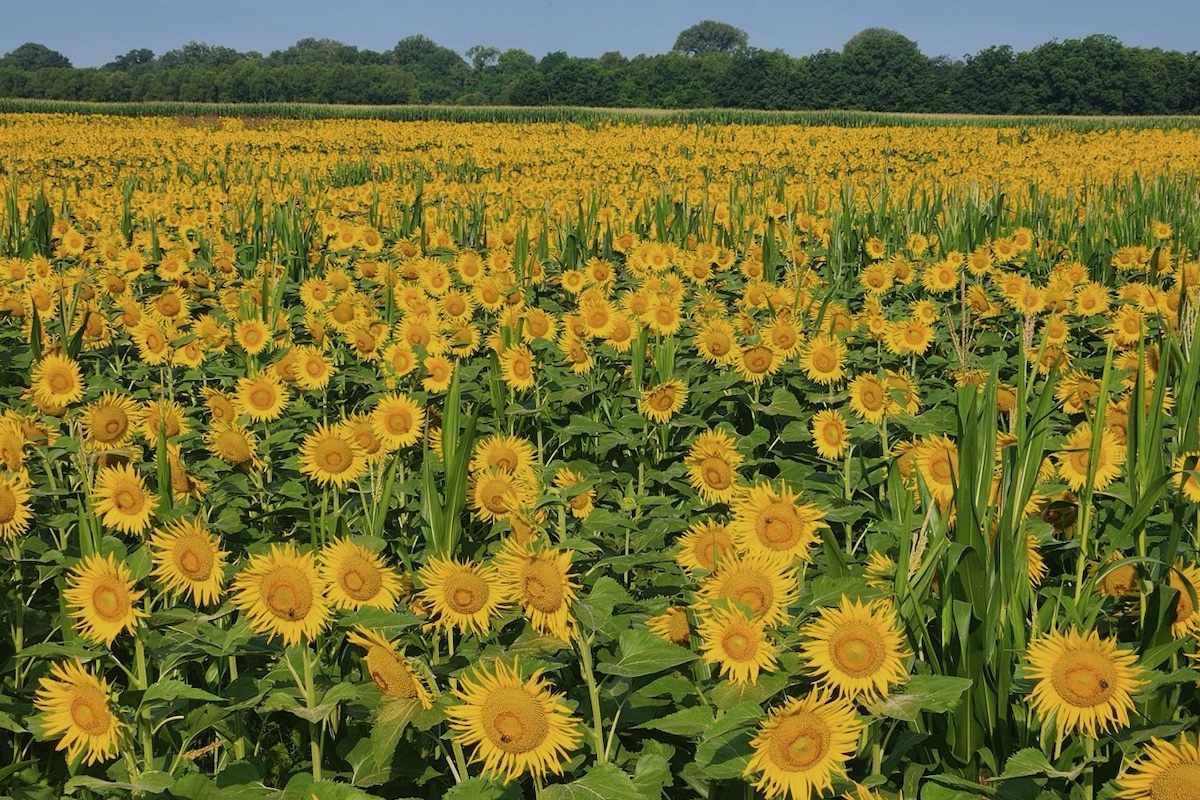
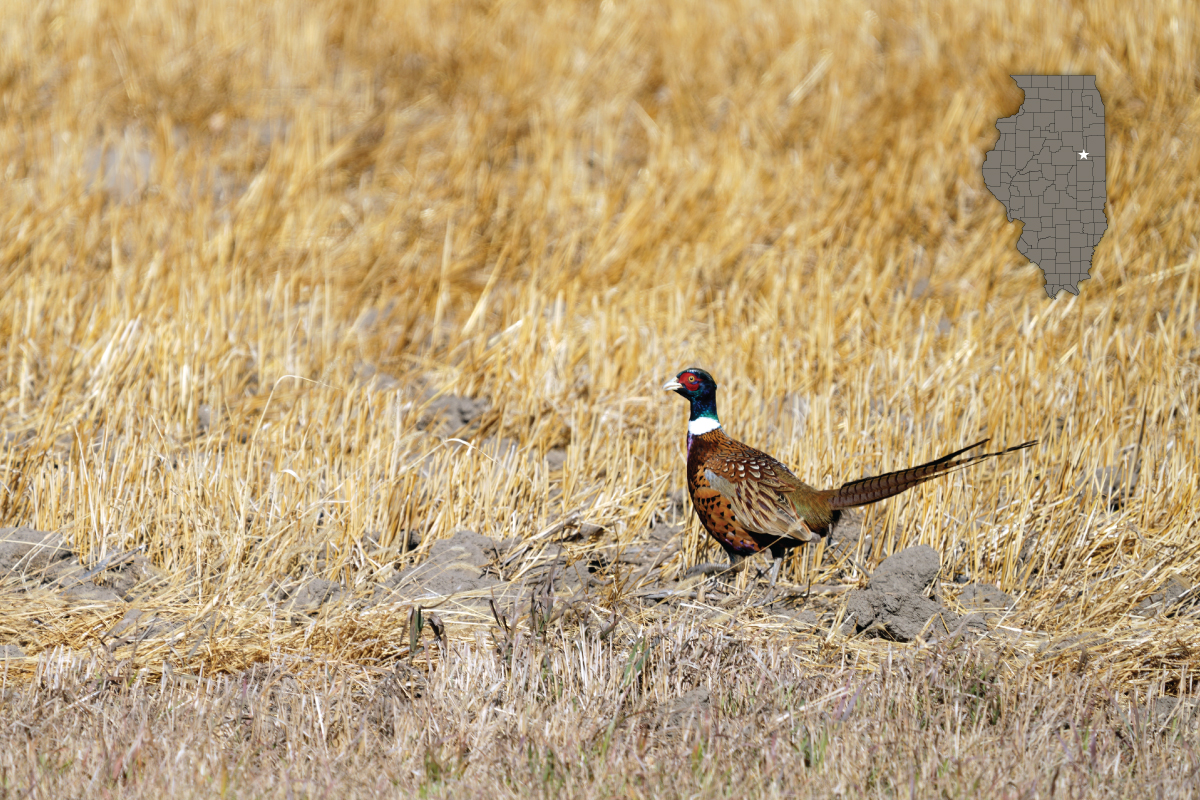
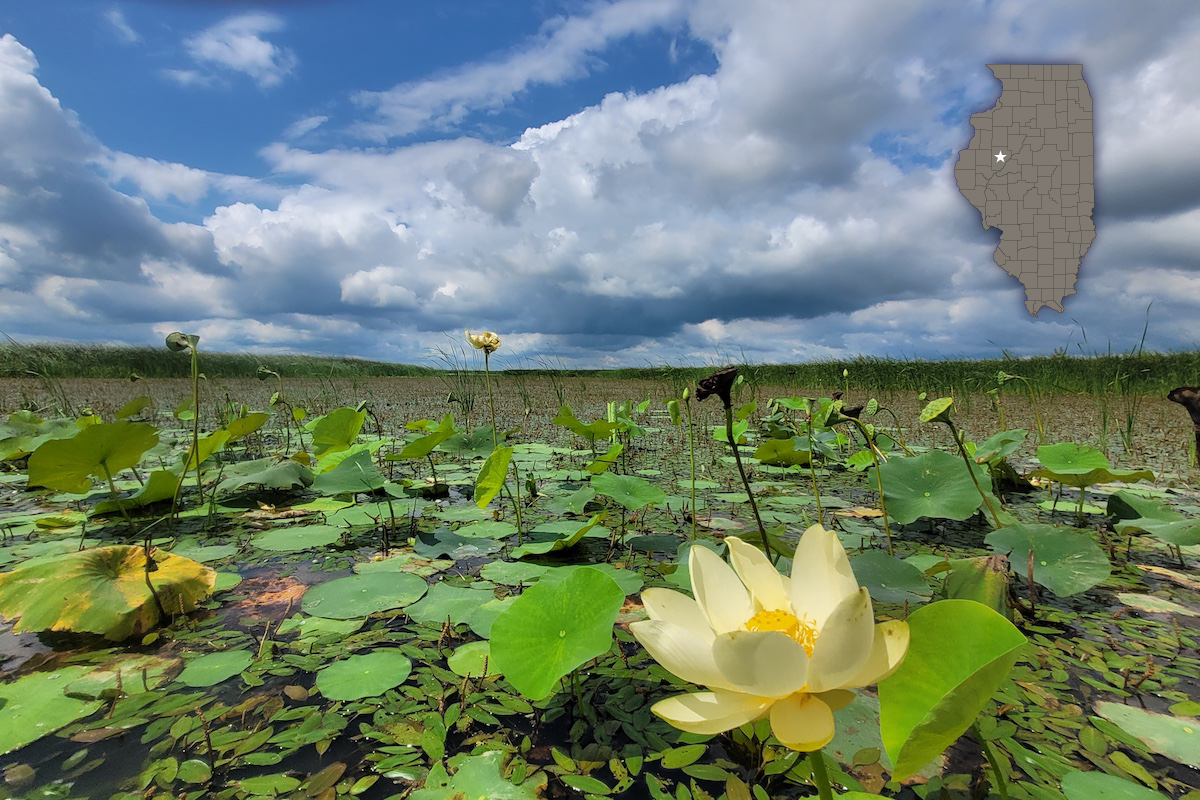
Submit a question for the author